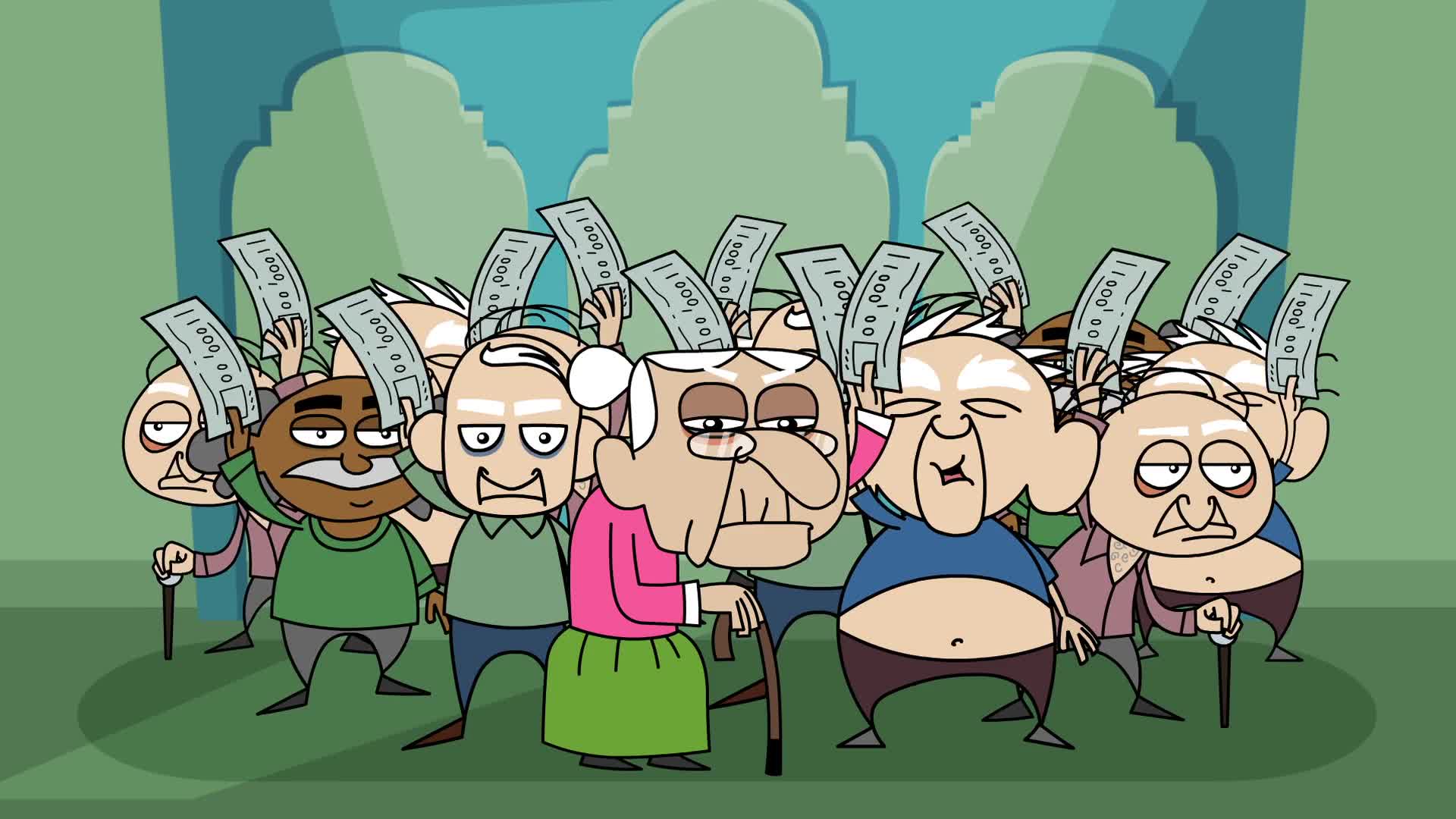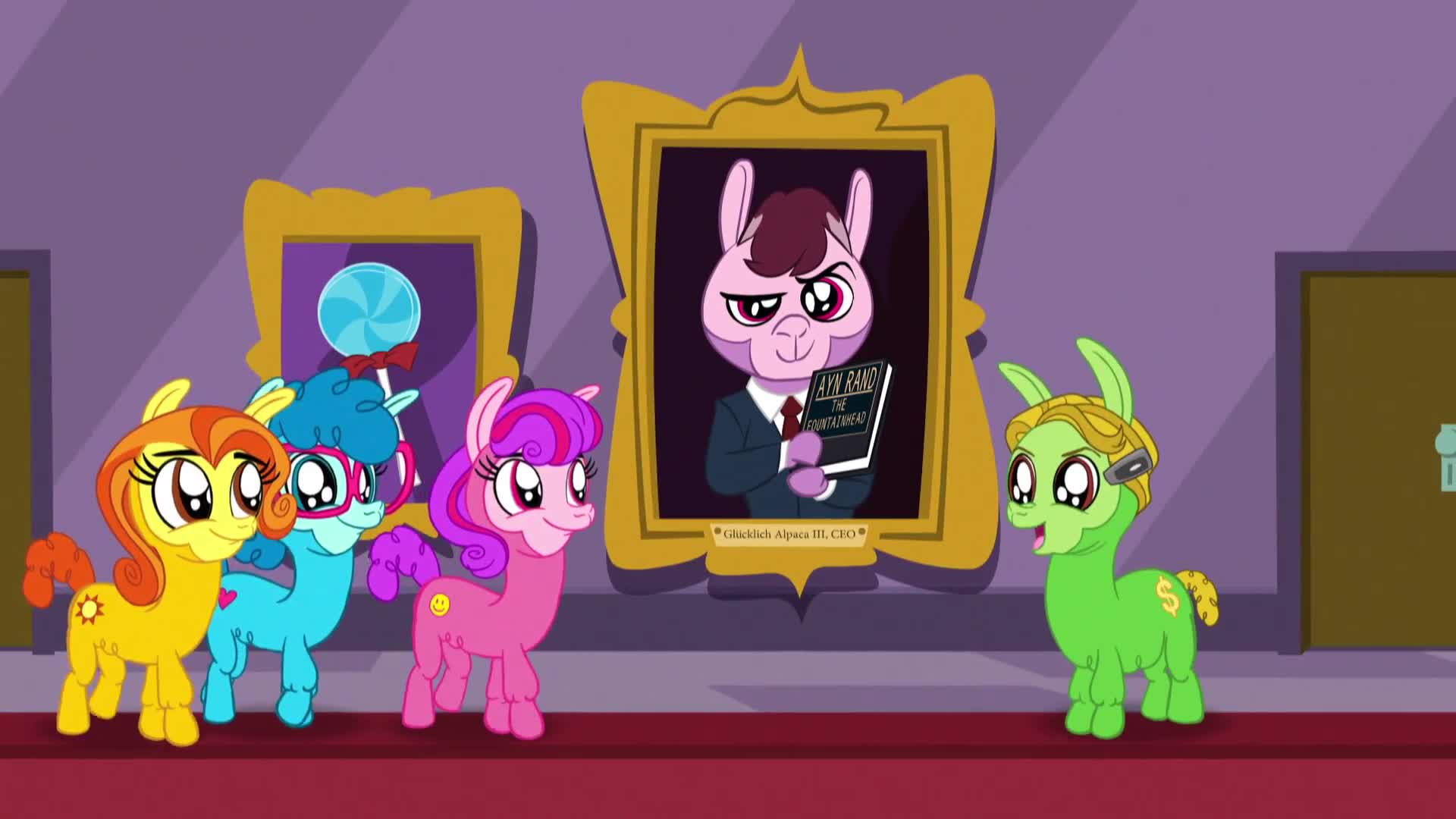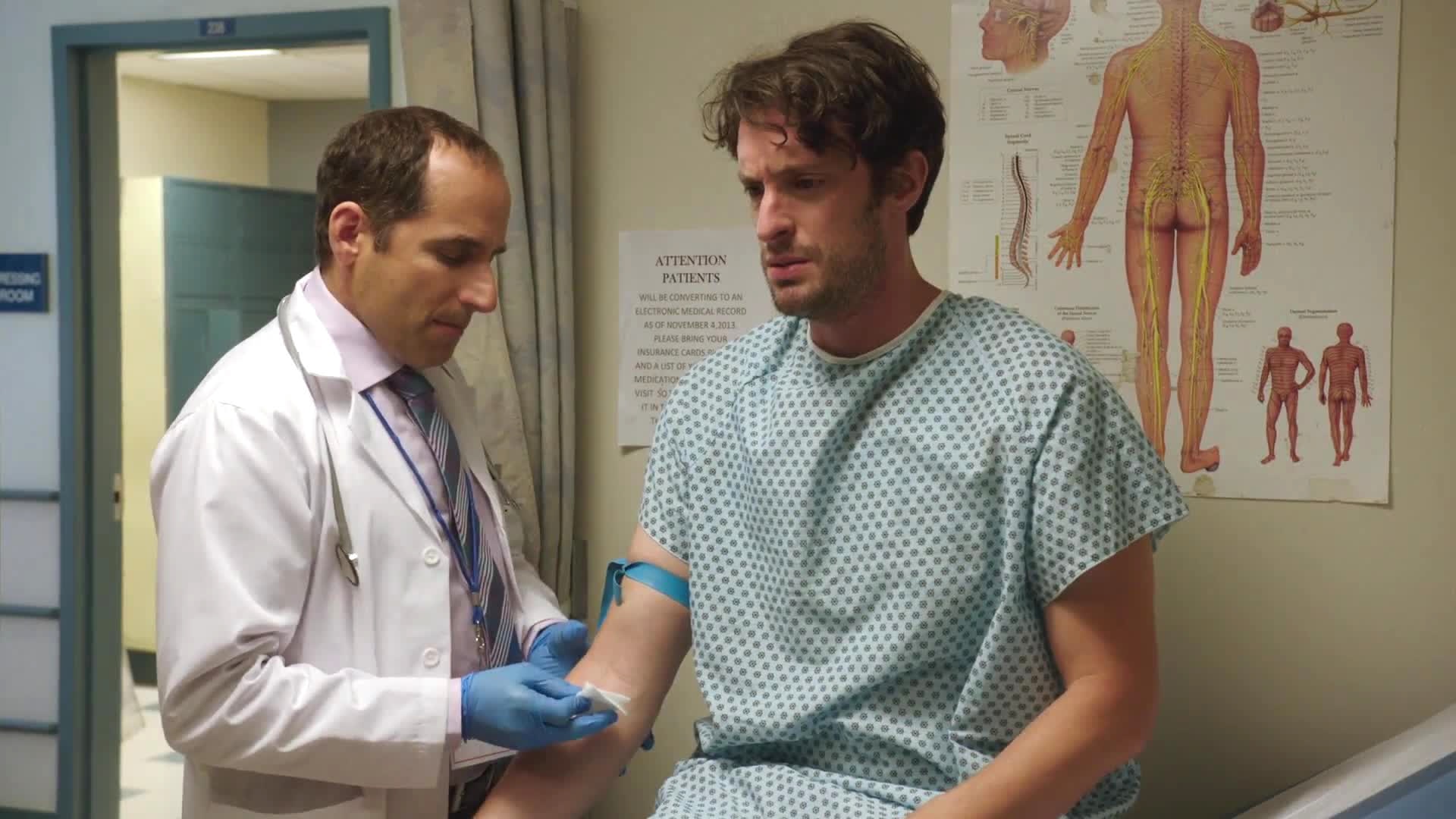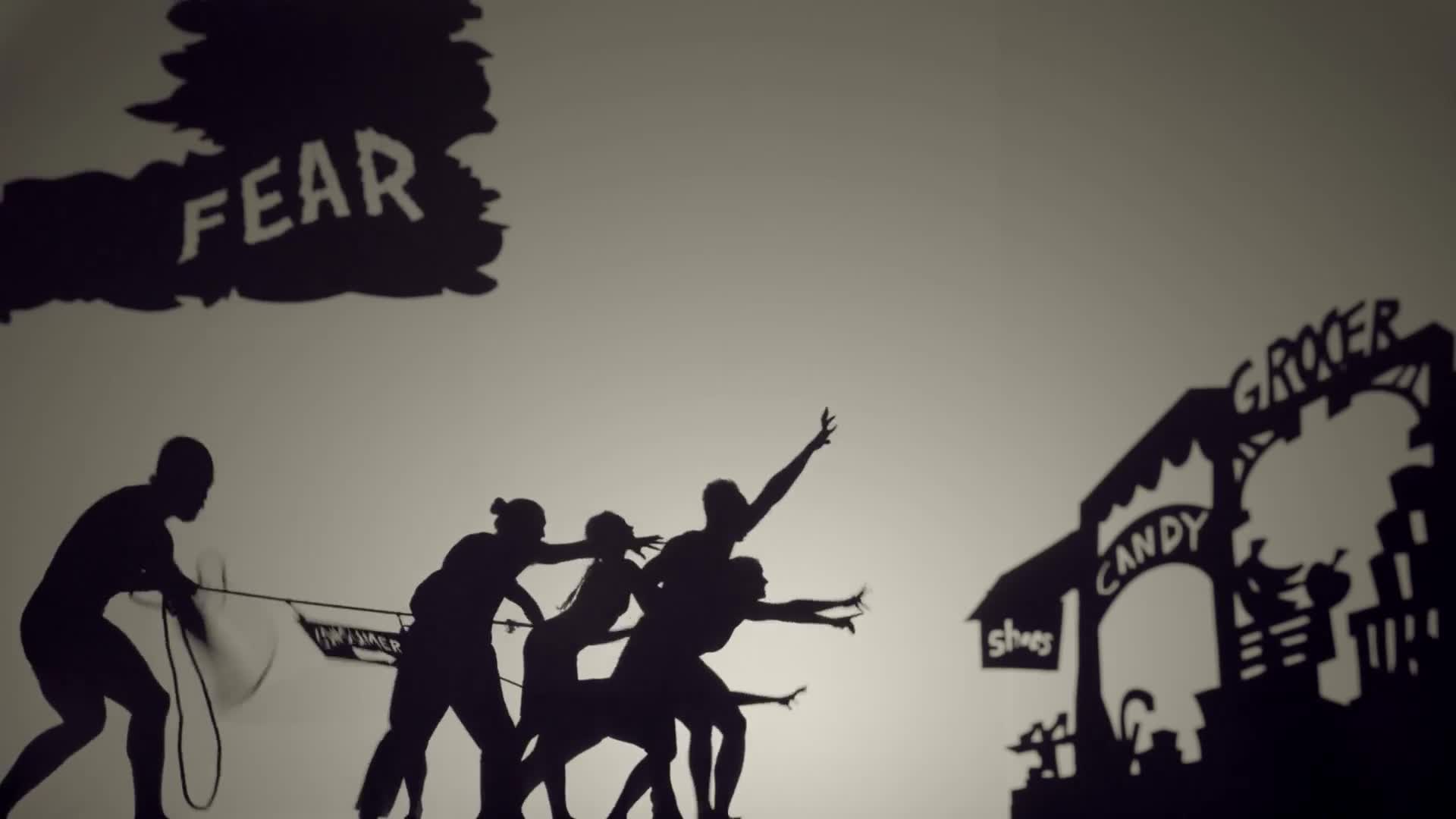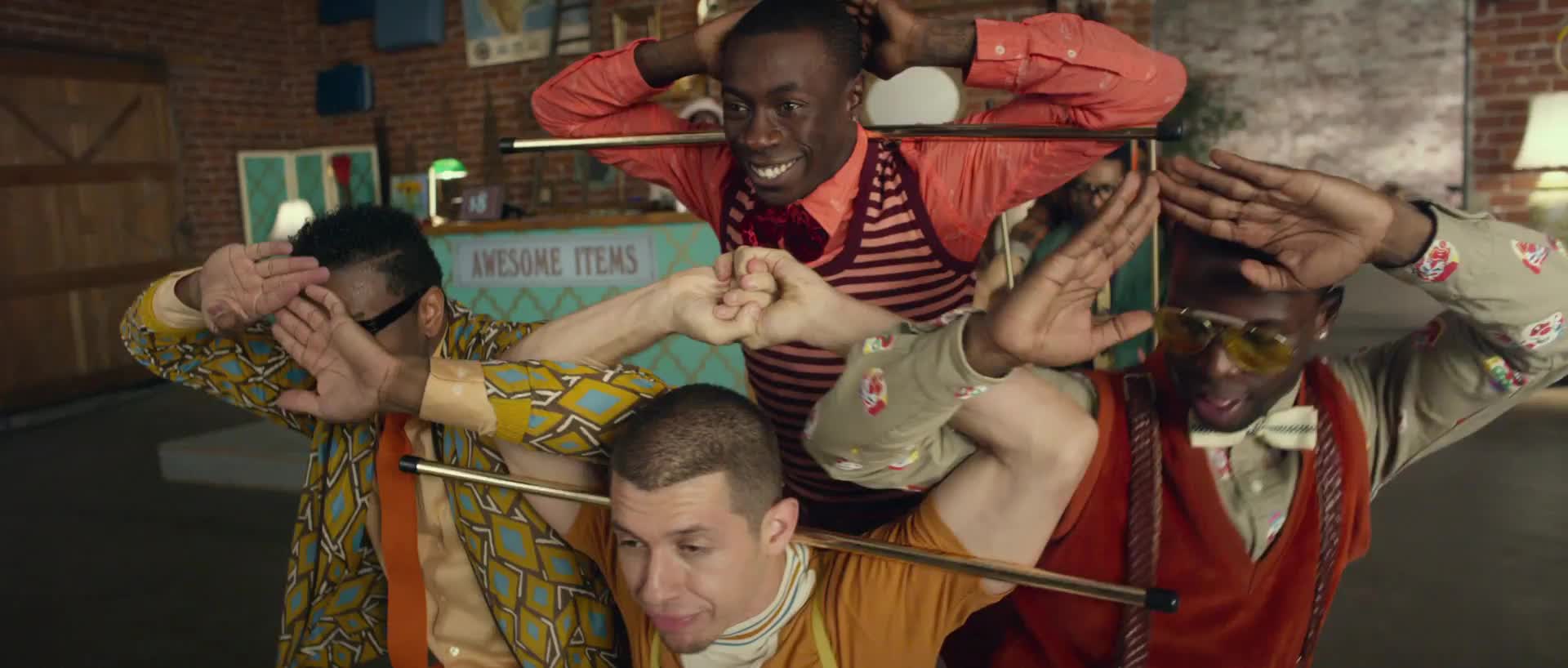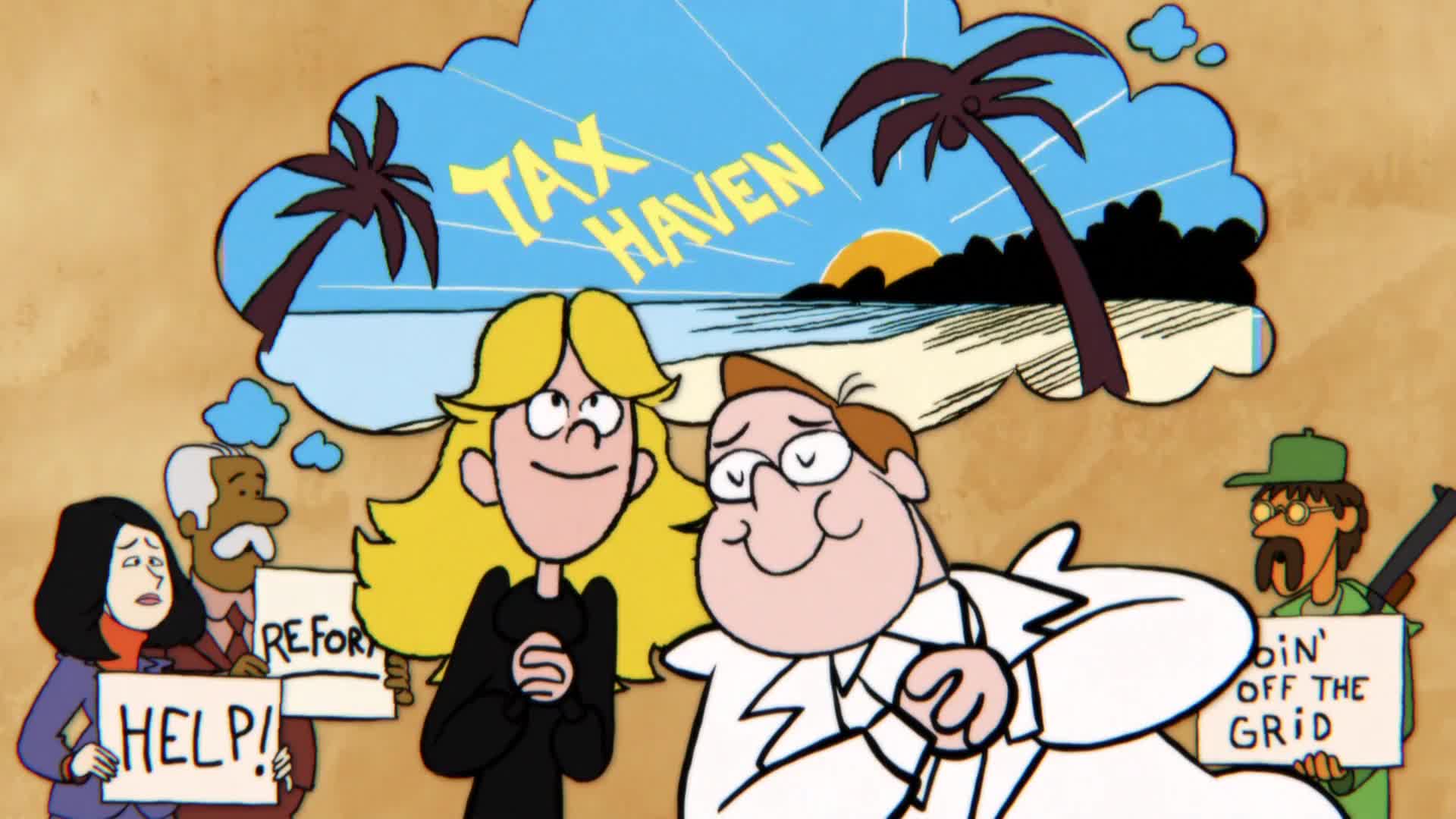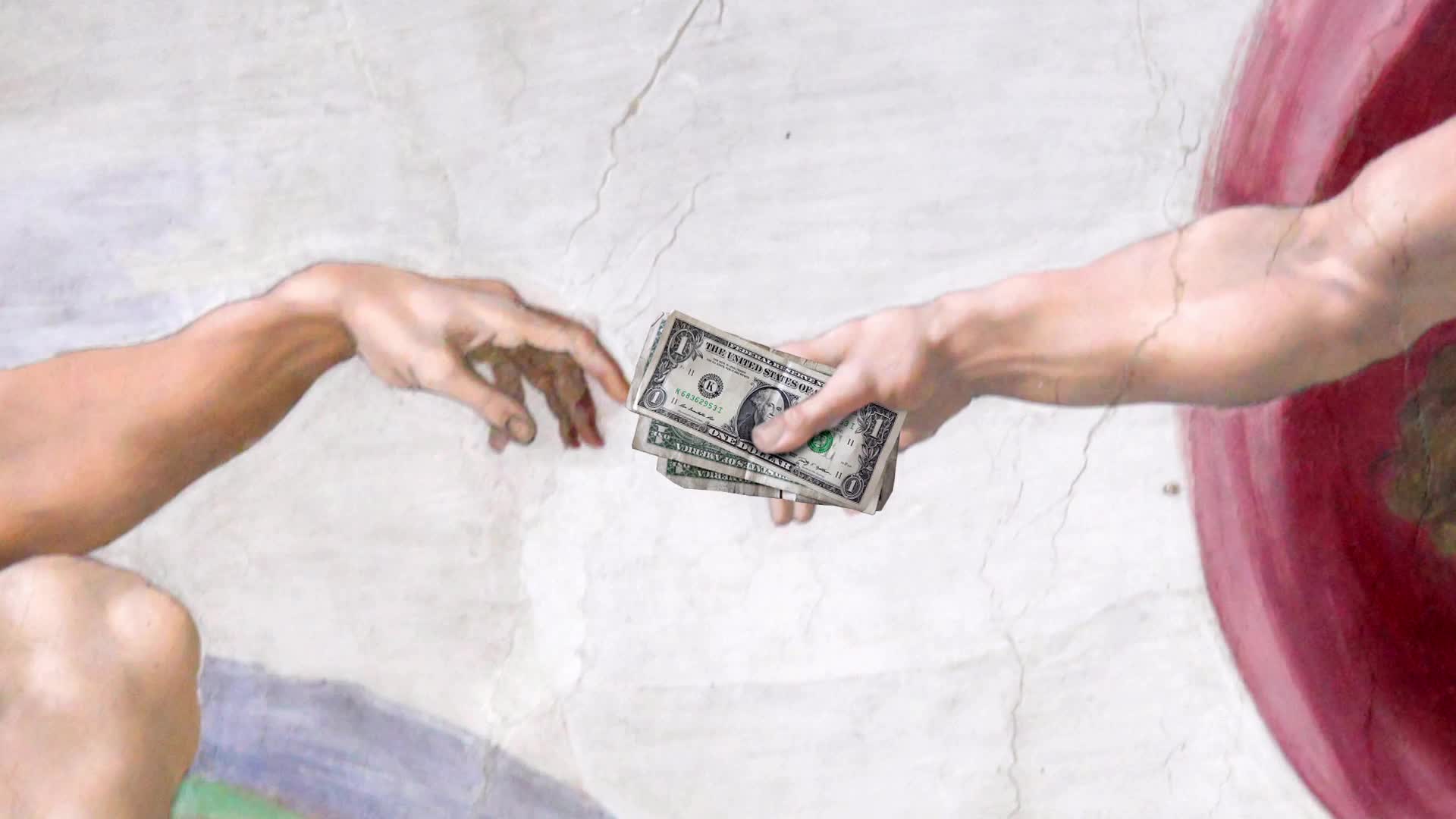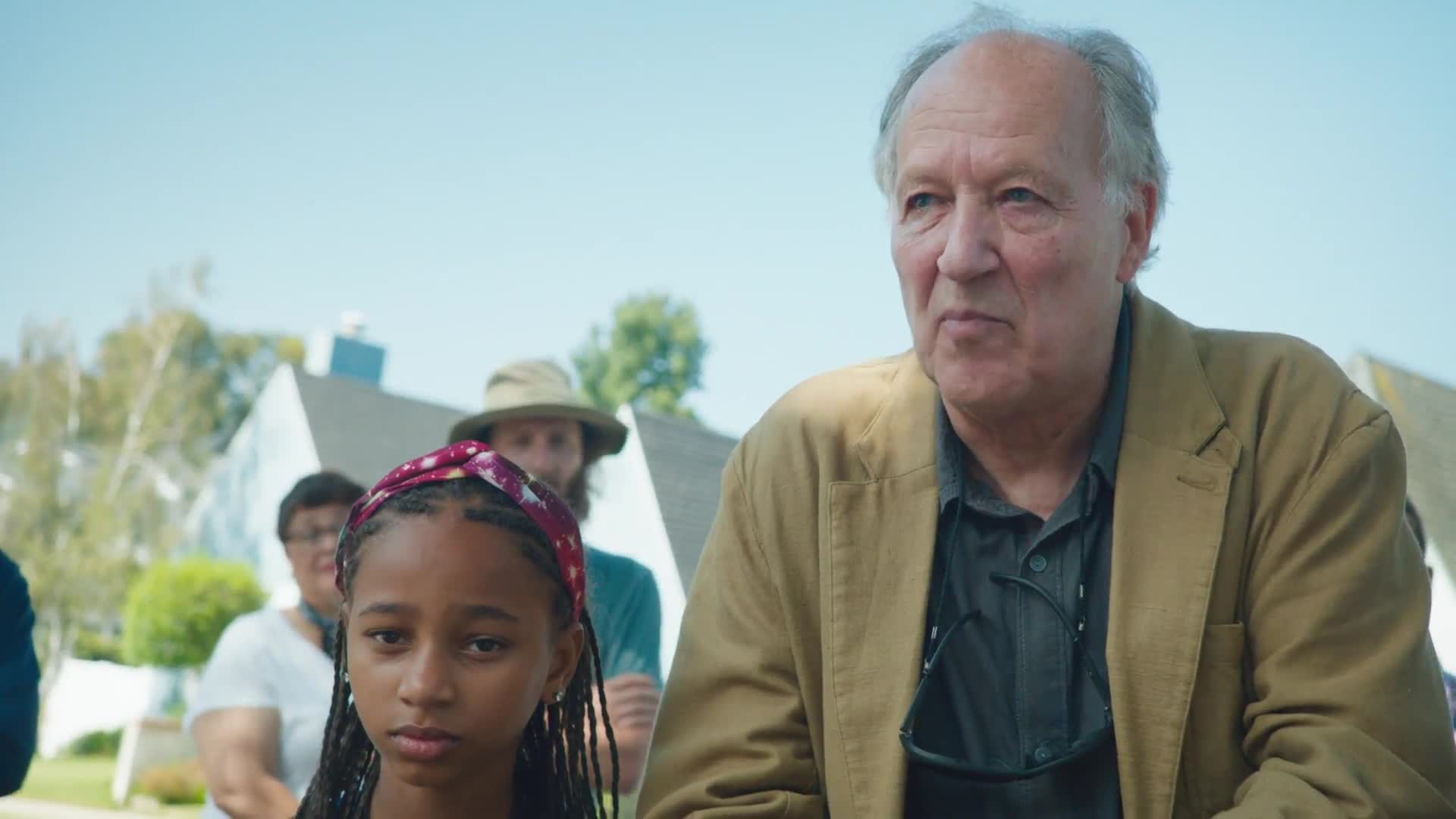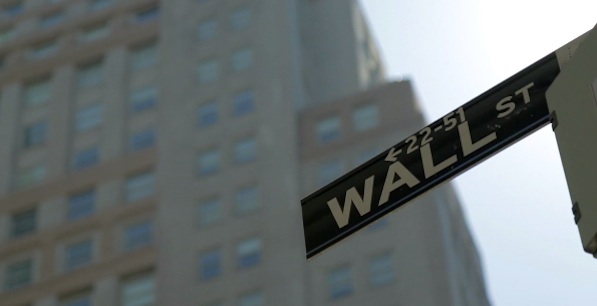
[Editor’s note: Fandor premiered, along with a variety of partners, “We the Economy: 20 Short Films You Can’t Afford to Miss” yesterday. For links to the complete survey of films, see David Hudson’s Keyframe Daily entry.]
The economy. It affects everyone’s lives. We all know it’s important and demands our attention. But it’s big. It’s complex. It’s abstract. So how do you make a movie about it, let alone one that people will want to watch?
That was the challenge taken on by “We the Economy,” a series of twenty short films by filmmakers who took it upon themselves to help make key issues driving today’s U.S. and global economy understandable to youth and adults alike. They tried a whole host of techniques to make films that are both educational and engaging. Many of them make no apologies about adopting gimmicks, knowing that they have to contend with the minuscule attention spans of online viewers. But having watched these shorts, I noticed that quite a few of their approaches were truly effective as rhetorical strategies, with some making genuine breakthroughs as innovative educational filmmaking. Here are the ten most effective ways to make a movie about the economy:
10. Bait and switch. (The Amazing Animated Film on the Debt and the Deficit, directed by Marshall Curry)
Making an educational video is an uphill battle, because face it: people would rather watch a cat video than one about the national debt and how it affects them. Marshall Curry acknowledges this up front by throwing a cat video in his audience’s face, only to hot swap it with his whirlwind history of the U.S. national budget deficit. On the other hand, he uses animation to give his account a more comic visual appeal; quite a stylistic departure for this two-time Oscar-nominated director of ground level political documentaries (Street Fight; If a Tree Falls: The Story of the Earth Liberation Front).
9. Use a candy coating. (The Unbelievably Sweet Alpacas, directed by Adam McKay)
McKay, the director of Anchorman and co-founder of Funny or Die, also takes the animation route to explain why class inequality is growing, as told through the story of three pastel-colored alpacas straight out of a kindergarten program on Nickelodeon. It proves to be a viciously sarcastic setup, as the naive alpacas stand for the dreams of millennials expecting to get well-paid jobs and live happily ever after in a globalized economy that is increasingly restricting that possibility to an entitled few.
8. Humanize and dramatize. (This Won’t Hurt a Bit, directed by Mary Harron)
This perfectly executed comedy by the director of American Psycho turns a single hospital visit into an allegory for the dysfunctional nightmare that is the U.S. health care system. Each character stands in for a different aspect of the bureaucracy, from doctors to insurance companies to pharmaceuticals all finding ways to slip further costs into a patient’s medical bill. This complex network of competing self-interests is explained vividly through snappy dialogue that’s delivered on a dime, creating just the right sense of agitation that is all to reminiscent of the actual experience of hospital bureaucracy.
7. Reinvent visuals. (Recession, directed by Lee Hirsch)
The modern dance troupe Pilobolus takes center stage in this piece to deliver a truly original visualization of how a recession is created. Set to a lucid narration by economist John Steele Gordon, the dancers employ their renowned bodily contortion techniques to create a virtuosic shadow play that evokes 1930s Depression-era imagery to demonstrate the effects of consumer fear and confidence on economic booms and busts.
6. Dance to demonstrate. (Supply and Dance, Man, directed by John Chu)
One would not expect the director of the Step Up series to make a film about the law of supply and demand, much less succeed as brilliantly as this infectiously charismatic short does. Chu is one of the few directors carrying the classic MGM musical tradition into the 20th century, and by applying his best talents to this subject he gives a fresh take on one of the most taken-for-granted economic principles. Creating a mini-economic market on a dance stage, he alternates retail activity with different intensities of dance, drawing a vivid example on how pricing policies affect not just consumer spending but human activity. (Viagra)
5. Sing to subvert. (Taxation Nation, directed by Jessica Yu)
By setting educational lessons to songs and cartoons, the 1970s TV series Schoolhouse Rock remains one of the most fondly remembered models of pedagogic pop culture. Thus it makes sense to use it as a model—if only to expose the limitations of that model in more complicated present day situations. This is exactly what happens with Jessica Yu’s reboot of the Schoolhouse Rock classic tune “Conjunction Junction” to explicate the U.S. tax system, only to show just how incomprehensible tax laws and loopholes are to the average young person compared to learning “and, but, or.”
4. Connect the dots. (Supply Chain Reaction, directed by Jehane Noujaim and Geeta Gandbhir)
This energetic short starts with a bold gambit, asking its talking head economic experts to talk about how much they love their smartphones before traveling across half the world to show the exploitive practices in Indonesian mines that supply the metals needed for smartphone assembly. This is but one rhetorical strategy that sets in motion a whirlwind account of human rights abuses around the world that belie global mass production; the filmmakers deploy graphics, animations, found footage and direct address text as part of their eclectic documentary arsenal. It’s a “by any means necessary” approach to stimulating the viewer’s awareness to the abuses being performed for the sake of their consumerism.
3. Give a vivid example. (The Foreign Aid Paradox, directed by Heidi Ewing and Rachel Grady)
Like Supply Chain Reaction, this short takes a more straight documentary approach to it subject than the animation- or performance-driven pieces mentioned earlier. But the breakneck editing and slick, playful handling of graphics and text show how much issues-driven documentary has adapted to the viewing behaviors of the YouTube era. This hit-you-from-every-angle approach finds its stride when it hones in on a specific object of study, which in this case is the island nation of Haiti, whose economy has been severely hampered by the foreign aid intended to help it. The hyperactive graphics and editing help give forceful attention to a national crisis that’s been festering for too long.
2. Defy conventional wisdom. (That Film About Money, directed by James Schamus)
This is possibly the most ambitious video of the entire series, and not only because it is twice as long as most of the others, causing it to be divided into two parts. The subject itself–the creation of monetary value, and how it is divorced from the physical currency we normally consider to be “money”—is perhaps the most abstract and least commonly understood of all the topics covered by the shorts. But longtime indie producer James Schamus steps in front of the camera to personally lead the viewer as lucidly as he can through this confounding topic, mostly from the cavernous interior of a bank that uncannily resembles the one used in the famous heist sequence from The Dark Knight. In fact, That Film About Money has an almost Christopher Nolan-esque quality about it, in that it conveys the banking system as a giant illusion not unlike The Prestige or Inception; the finance industry’s generation of wealth is presented as a big magic act that we’re continually falling for, at our own peril. Schamus’ presentation is full of blunt questions and direct observations that aim to do nothing less than demystify money, if only so that ordinary people can truly make it theirs again.
1. Unleash Werner Herzog. (Lemonade War, directed by Rahmin Bahrani)
In many ways the quintessential piece among the twenty shorts, Lemonade War strikes a nearly perfect balance between being disarmingly humorous and genuinely insightful, between being a casual entertainment and a sincere, uplifting call to action. As with This Won’t Hurt a Bit, a tiny drama allegorizes a large-scale social issue: in this case two rival lemonade stands, one by an enterprising young girl, the other by a bullying adult, depict the conflicts between small and big businesses, with a government regulator adding fuel to the fire. Only when Werner Herzog arrives on the scene, like a German auteurist John Wayne, is order restored in a most uproarious manner: through an onslaught of Herzogisms (“When winter strikes and the porcupines start to freeze, they have no choice but to sleep closer and closer together to stay warm, and thus do they prick each other to death.”) It was Herzog’s countryman Nietzsche who once said that only humans laugh because their suffering is so deep that they had to invent laughter. The majority of these shorts adopt a related ethos of laughing one’s way towards being able to face the economic suffering of our times.

